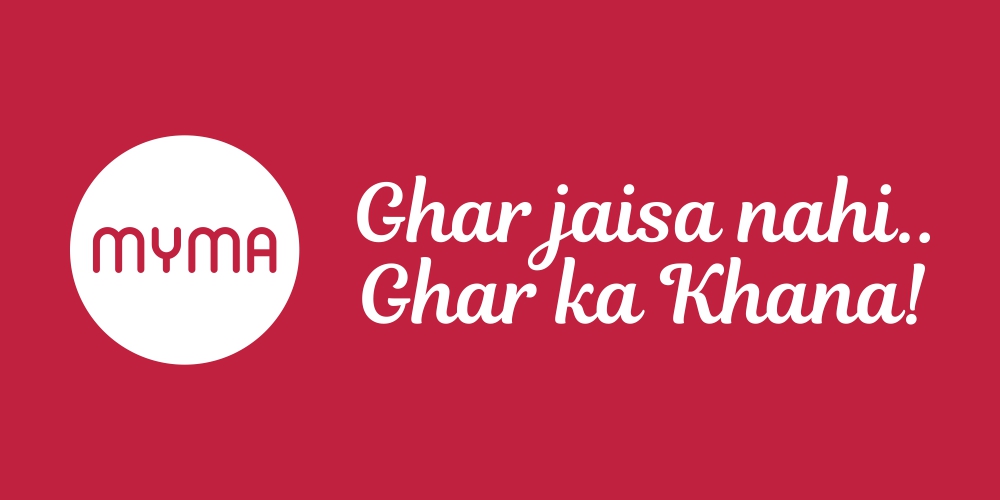As the saying goes, “We eat with our eyes first,” the visual appeal of food can be just as important as the taste itself. Color is one of the most crucial elements of food photography, as it has a significant impact on our perception of food. From bright and bold hues to more muted tones, color plays a vital role in how we perceive and appreciate the food. In this blog post, we will explore the importance of color in food photography, and how to use it to your advantage to create stunning and visually appealing food images.
1: The psychology of color in food photography
The colors we see can have a powerful impact on our mood, emotions, and appetite. For example, red is often associated with passion, love, and excitement, while green is associated with health, freshness, and nature. In food photography, these colors can be used to convey different moods and emotions. Warm colors like red, orange, and yellow can make the food appear more inviting and stimulating, while cooler colors like blue and green can create a more calming and relaxing effect.
2: Using complementary colors in food photography
Complementary colors are opposite each other on the color wheel, such as blue and orange or red and green. Using these colors in your food photography can create a visually striking contrast and add depth to your images. For example, a bright orange carrot on a blue background can create a pop of color and interest, while a green salad on a red plate can create an eye-catching and visually appealing image.
3: The impact of lighting on color in food photography
Lighting can have a significant impact on the color of food in photography. Natural light can bring out the natural colors and textures of the food, while artificial light can create different tones and hues. It’s essential to pay attention to the quality and direction of light when photographing food to ensure that the colors are accurate and consistent.
4: The use of monochromatic color schemes in food photography
Monochromatic color schemes use varying shades and tones of a single color, such as different shades of blue or green. These color schemes can create a sense of harmony and unity in your images, making them appear more polished and cohesive. It can also draw the viewer’s eye to the details and textures of the food, making it appear more appetizing and tempting.
5: Incorporating color contrast in food photography
Color contrast involves using colors that are not complementary but still work well together. For example, a bright red tomato on a green leafy background can create an eye-catching and visually appealing image. This contrast can create a sense of depth and interest in your images, making them more engaging and memorable.
6: The use of props in food photography
Props can be a valuable tool in food photography to add color and interest to your images. For example, a colorful napkin or a bright bowl can create a pop of color and texture in your images, making them more visually appealing. It’s essential to choose props that complement the colors and mood of the food, rather than overwhelming or distracting from it.
7: Editing color in post-processing for food photography
Editing tools like Adobe Lightroom or Photoshop can be used to enhance and adjust the colors in your food photography. From adjusting the brightness and contrast to changing the hues and saturation, these tools can help bring out the best in your food images. However, it’s essential to use editing tools sparingly, as over-editing can make the food appear unnatural and unappetizing.
Myma… Ghar jaisa nahi, Ghar ka khana!


